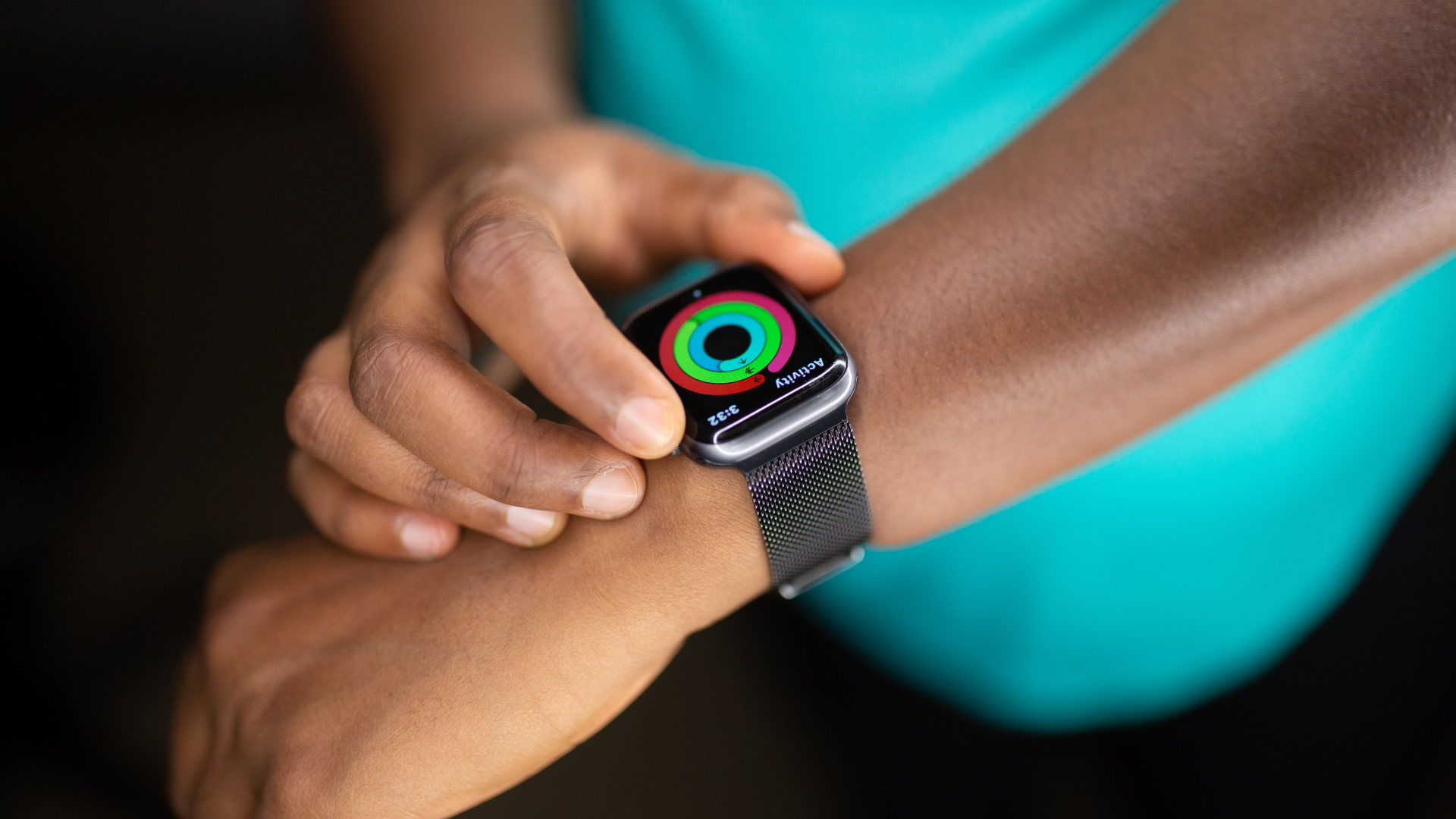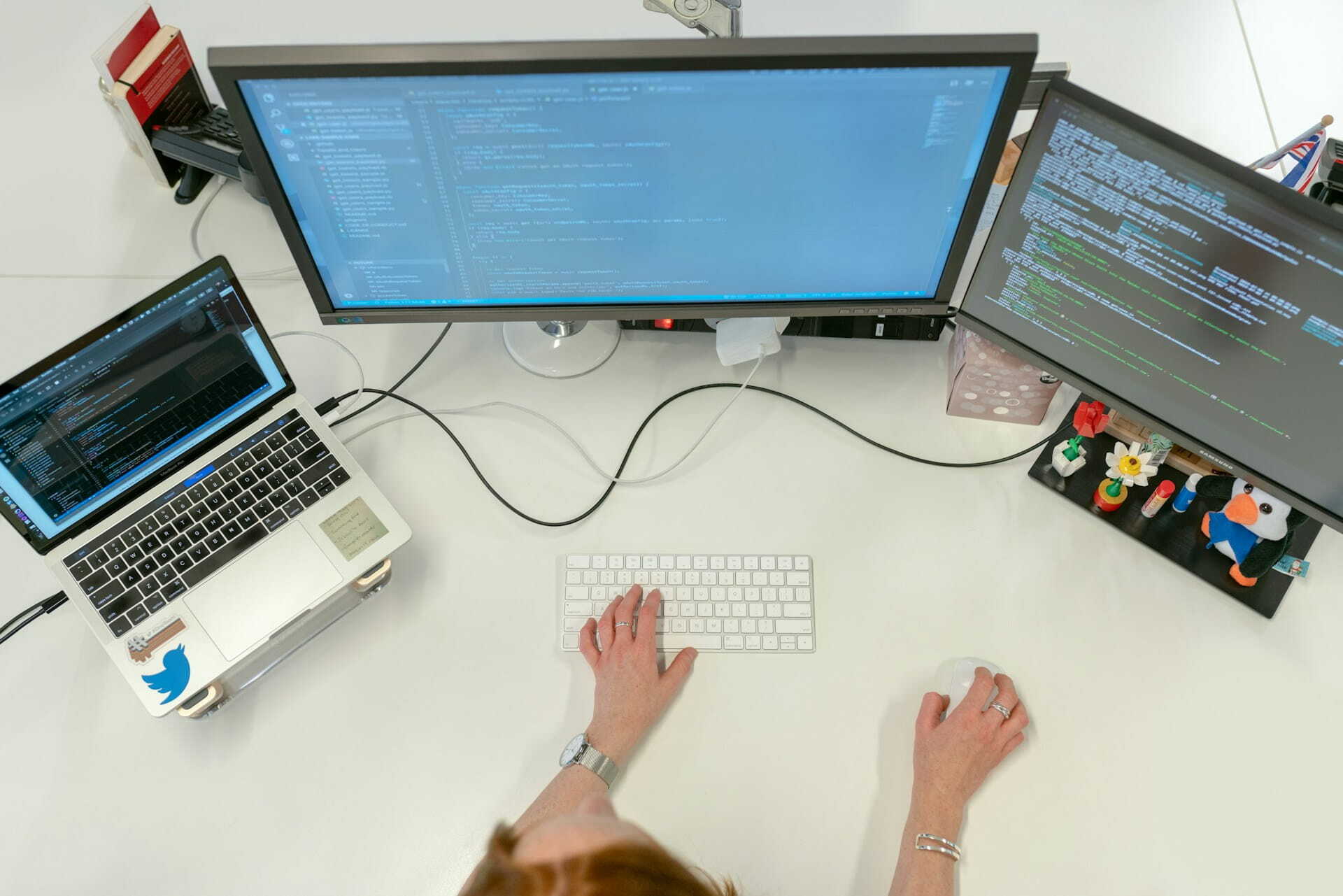5 August 2022 (updated: 5 August 2022)
Top Telemedicine Requirements to Consider While Building Telehealth Software
Chapters

Telemedicine is a competitive market, but there's still room for comprehensive solutions that push the digital transformation in healthcare forward. Learn the top telehealth requirements to consider before building your app.
Since the COVID pandemic first took hold, the telemedicine market has exploded in size and scope. In fact, its size is forecasted to grow at 19.3% CAGR between 2020 and 2026. When implemented correctly, telehealth software can modernize healthcare services and drastically improve their efficiency. The key to a successful implementation is the knowledge of the different telemedicine requirements.
In this piece, we’ll explore what to keep in mind when building software for your clients and patients. We’ll cover the requirements, why they matter, and how to execute them effectively.
Why consider telemedicine requirements is key before building a telehealth app
So, why is it so important to consider a variety of telemedicine requirements? Why do the best telehealth platforms follow them to the letter? There are countless answers to these questions, but we explore a few key basics below:
Telehealth software deals with incredibly sensitive data
The nature of telehealth software means that you’ll be handling a staggering volume of sensitive patient data. With data breaches on the rise, it’s more important than ever to protect the information your customers give you.
You’ll often have to comply with both the GDPR and HIPAA regulations. Your company can face huge fines and even jail time for failing to do so.
Your user base will be super varied
Both the best telehealth platforms and the tiny startup apps share one characteristic – they’re used by a ton of different users:
- doctors
- nurses
- receptionist staff
- patients
- carers
- and more.
All of these people will have different expectations, skill sets, and telemedicine requirements that you’ll have to account for.
It's something of a Wild West
Telehealth is expected to see huge growth in the coming years, but it’s still a comparatively new industry. Customer expectations, shifting regulations, and industry teething pains mean that new questions are being thrown up practically every day.
 The best telehealth platforms cater to all user personas.
The best telehealth platforms cater to all user personas.
Staying as informed and prepared as possible is the only way to ensure your telehealth software goes the distance.
What you need to be aware of when creating telehealth software
It’s not just enough to build a pretty piece of telehealth software – you’ll also have to do your homework and be prepared for the demands of an ever-changing industry. We explore some top telemedicine requirements/considerations below.
Decide who your app user will be
The importance of finding a niche for your product is well established. It’s no good to simply build a telehealth app because you like the idea – you should be aiming to meet a genuine need that you’ve spotted in the market.
Once you’ve identified it, you’ll need to determine who’s actually going to be using your software. B2B users such as hospitals and other medical practices, Alzheimer’s patients, or a combination of multiple demographics?
Market and user research are key here. Research how people use telehealth applications. Where is the market headed? How can you adapt to it? Building out target audience profiles will help you with this.
Know your competitors
Check if equivalent apps with similar ideas to yours already exist on the market and think about how to differentiate your solution. It’s not just enough to do a great job; you have to identify your competitors and out-compete them.
Turn to competitive research here. In a nutshell, it comes down to following the steps below:
- Identify your market and niche
- Discover how your software can improve your market
- Identify your key competitors
- Make actionable goals to out-compete them
- Revisit this process frequently.
Figure out how to make money
For better or worse, telehealth software simply has to generate revenue – it can’t survive without making money. Having a solid plan is critical if you’re going to succeed. Consider a variety of app pricing models and choose options that seem most appropriate for your niche and market.
There are a number of options on the table – ad revenue, subscription models, and one-time payments. The choice is yours, but choose wisely.
Make sure you have a cybersecurity specialist on board
The importance of this one is hard to overstate. Take a look at this list of historic security breaches. Notice how many of these came from the healthcare industry. The nature of healthcare data security means it's far more appealing to hackers and malicious third parties. Having a cybersecurity expert onboard from day 0 is the only way to go.
Encryption, two-factor authentication, and accounting for human error are just the tip of the iceberg.
Figure out what features are necessary
The user experience is perhaps one of the most critical factors in building an app that people actually want to use. Cluttering your UI with unnecessary or confusing features will only hurt user retention and resulting revenue.
Start by following a Minimum Viable Product philosophy – only integrate the features, menus, etc., that are essential in order for your product to be accessed by customers. As your user base grows, you can start to expand on your offerings, but you need a strong MVP base to maintain sustainability.
Ensuring accessibility
This is one of those telemedicine requirements that so many developers overlook. Your software will likely be used by a broad variety of demographics. At the very least, you’ll be interfacing with both patients and doctors.
Your app or software suite needs to remain easy to navigate and understand for everyone who is likely to use it. During your design and development process, try to prioritize the following:
- Ease of use
- UI simplicity
- A unified design
- An MVP design philosophy (discussed above)
- Keeping your software as accessible as possible.
High integrability with other software
Whether you plan to build a B2B platform or work directly on a B2C basis, your app will need at least some level of integration with other tools, software, and networks. One example would be apps that offer an e-prescription service. You won’t be able to work in a vacuum here.
You’ll need to integrate with the hospital’s EHR software to get the data you need. Hardware is another area you’ll need to consider when building telehealth apps, especially if you’re interested in making an IoT solution. Tracking the data from patients’ wearables, relaying information about an ECG, and providing updates on someone’s blood work –all these call for a deep level of hardware integration.
 The best telehealth platforms priorities high integrability, including data exchange with wearable devices.
The best telehealth platforms priorities high integrability, including data exchange with wearable devices.
Start thinking about these things early on to avoid interoperability issues after you’ve already engaged in development.
Account for telemedicine security requirements
As mentioned earlier in this article, the importance of international security measures like the GDPR or U.S.-based legislation like HIPAA are difficult to overstate. There are plenty of misconceptions at play here, so it’s important to get things right. We strongly recommend employing a security compliance consultant if you’re unsure of what’s required of your business.
We explore the basics below.
GDPR
If you’re not operating from the EU, you don’t have to worry too much about the GDPR, right? Unfortunately, this isn’t the case. If you have even a single user or client who’s based in the EU, you’ll have to comply with the region’s data laws. Failing to adhere to these regulations can incur bigger fines than you might expect.
The GDPR is relatively comprehensive and far reaching, but in general it covers:
- How consumer’s data is handled
- The type of information companies are allowed to store and share about their customers
- The circumstances where data handling is permitted
- The kind of data that is considered protected and personal
- Much, much more.
HIPAA
HIPAA is a collection of federal regulations which control the way that patient insurance and personal healthcare data is handled. They were initially introduced to modernize the way that patient data was handled and persist today as a living culture that seeks to protect the interests of patients and their personal information.
HIPAA compliance can be tricky to navigate but it’s essential that you master it at an early stage. The nature of your telehealth software will determine the specific hoops you’ll have to jump through. In most cases, you’ll also need to make sure your app is Health Level 7 compliant.
In short, this refers to a set of international standards pertaining to the access, integration, exchange, sharing, and recovery of patients’ information. If you plan to integrate with hospitals and other medical institutions, this will almost certainly need to be on your radar.
Summary
Telemedicine is a dynamic, exciting market that continues to grow. To survive and thrive in this competitive environment, you’ll need to do your best to follow the telemedicine requirements we’ve discussed here.
Hiring a security compliance consultant can be a great way to go. Market and competitor research are two other factors that are important not to overlook. Whatever approach you take, we wish you luck on your venture into this exciting industry!
Check out also
- Interoperability in Healthcare. What is it and Why Is It Important? — Healthcare interoperability is a hot topic, but it's definitely a marathon not a sprint for the industry. Learn why interoperability is important, benefits, challenges, and more.
- 11 Most Popular Types of Healthcare Software — See 11 types of emerging medical software that revolutionize the healthcare industry as we know it.





